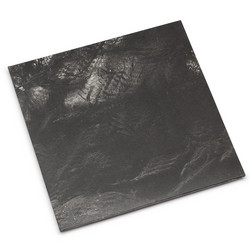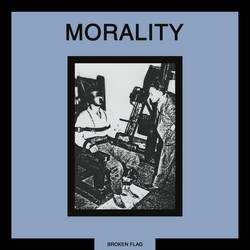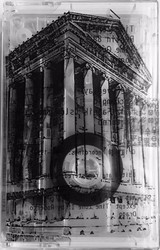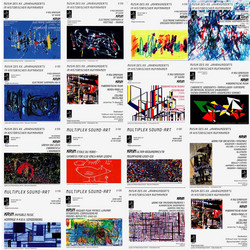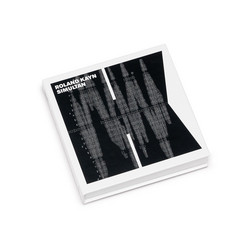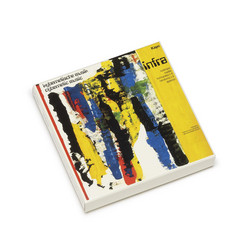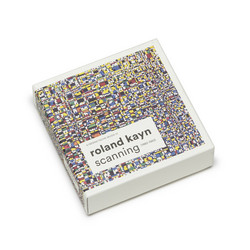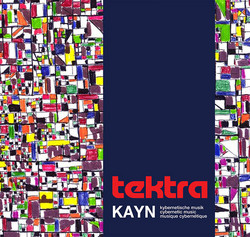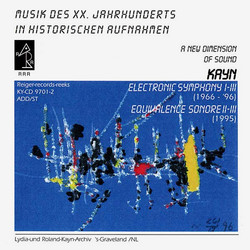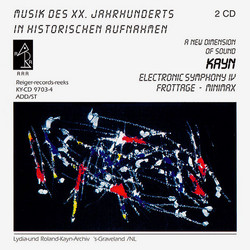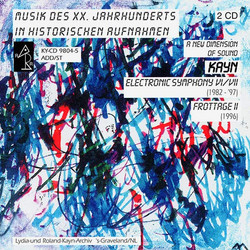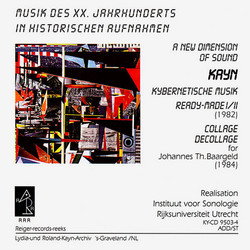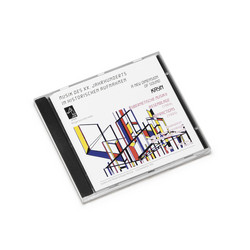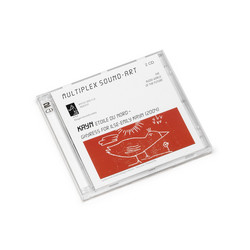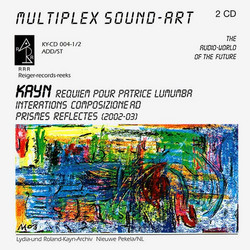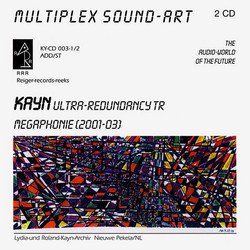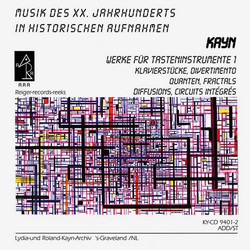1
2
3
4
5
Roland Kayn
Kybernetische Musik III (2CD)
**2019 stock** A pioneer of electronic, computer, and instrumental avant-garde music, for the majority of his life, the German composer Roland Kayn remained one of the great unheralded figures in the landscape of 20th century sound - a founding member of Gruppo di Improvvisazione Nuova Consonanza, who delved into singular territories entirely his own. Fortunately, in the last few years, in part due to the release of his monumental work, A Little Electronic Milky Way of Sound, by Frozen Reeds in 2017, and Die Schachtel’s deluxe vinyl reissue of his seminal composition, Simultan, last year, the scope and depth of his efforts have begun to take centre stage in the public mind. Kayn spent most of his career working beyond the normative definitions and parameters of electronic, electro-acoustic, and computer music, endeavouring to contract an entirely new territory of sound which he referred to as Cybernetic Music, a generative process of composition through programming, carefully aligned with a constant relationship between three parameters - the cybernetical, the technical-physical, and the apperceptional. Among the most important of these efforts are Simultan, Makro, Infra, Tektra, and the recently published Scanning.
We managed to obtain limited copies of his sought-after CDs released by Reiger Records Reeks between 1995 and 2006. Kybernetische Musik III, the third volume of Kayn's Cybernetic works, consists of two CDs and includes six pieces composed between 1986 and 1996:
Disc 1
Cybernetic Serendipity (1987)
Transfluxion (1990)
Syntropie (1995)
Disc 2
An Artificial Acoustic Environment (1986)
Syzygy Dynamical Units (1991)
Equivalence Sonor I (1996)
"Cybernetic music – whether it is produced vocally, with instruments or electronically – is not initially "composed" and practised. It arises from the interplay of merged control loops setting a process into motion. In this instance, selected data – such as instructions and/or electronic signals directed to an information-processing memory (man, machine) – become particularly important. This composite of systems partially based on feedback gives life to a kind of educational process, which – in contrast to conventional processes – can be entirely autonomous."
We managed to obtain limited copies of his sought-after CDs released by Reiger Records Reeks between 1995 and 2006. Kybernetische Musik III, the third volume of Kayn's Cybernetic works, consists of two CDs and includes six pieces composed between 1986 and 1996:
Disc 1
Cybernetic Serendipity (1987)
Transfluxion (1990)
Syntropie (1995)
Disc 2
An Artificial Acoustic Environment (1986)
Syzygy Dynamical Units (1991)
Equivalence Sonor I (1996)
"Cybernetic music – whether it is produced vocally, with instruments or electronically – is not initially "composed" and practised. It arises from the interplay of merged control loops setting a process into motion. In this instance, selected data – such as instructions and/or electronic signals directed to an information-processing memory (man, machine) – become particularly important. This composite of systems partially based on feedback gives life to a kind of educational process, which – in contrast to conventional processes – can be entirely autonomous."
Details




